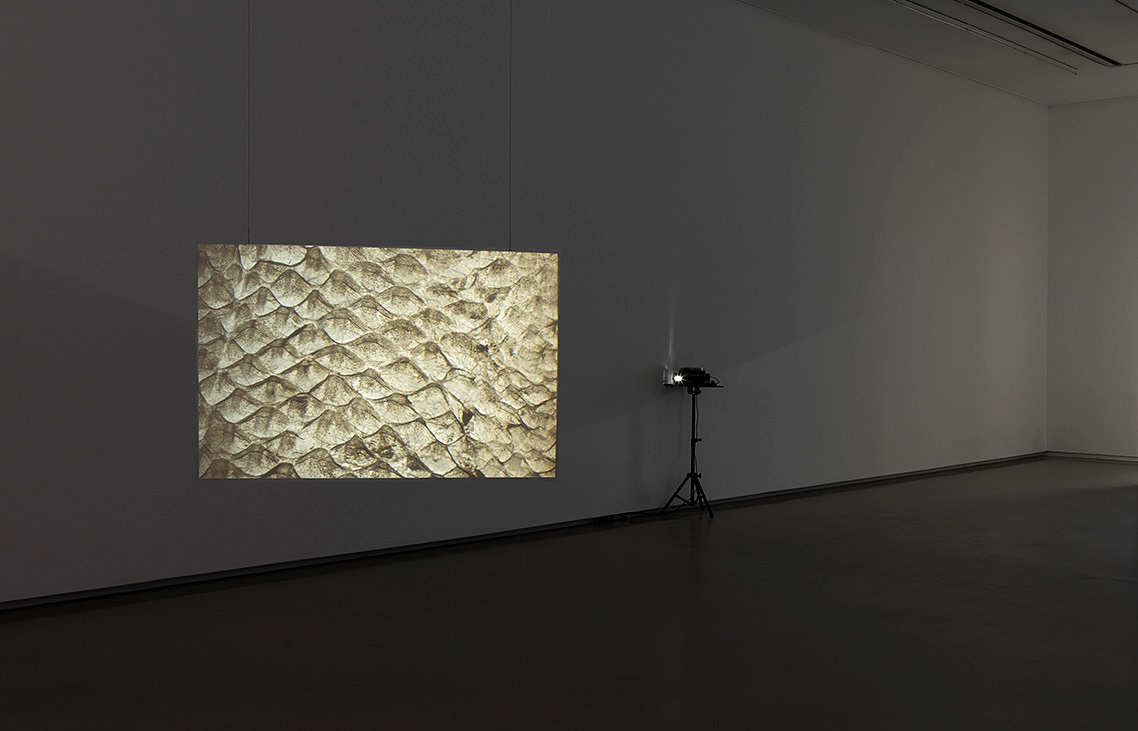
Jaydia
Installation, HD Video, fish skin mounted on 35mm slides (80), Kodak slide projector, ink on fish scale under magnifying loop, Gyotaku prints. Vitrine display: ink on tissue paper over pages from a book (Lessepsian Migration by Dr. Francis Dov Por) 2017
In her current body of work, Keren Benbenisty studies the Lessepsian fish migration, relying on the work of Tel Aviv University Zoologist, Dr. Menachem Goren, who also participates in one of the works. The Lessepsian migration is named after Ferdinand de Lesseps, the Suez Canal engineer, which was constructed in 1859-1869, and, backed by the modern belief in progress, was considered among the most important accomplishments of the industrial revolution and of human intervention in nature – and simultaneously, a prime manifestation of European imperialism. The opening of this new water channel brought forth a massive migration of aquatic specifies from the Red Sea to the Mediterranean Sea, one that has had a significant impact on the latter’s ecological system.
Benbenisty follows the zoologists as they return from the sea, as they weigh, measure, and classify the fish. She studies their scientific methods – yet these serve her in a parallel, imagined procedure, whose purpose is the creation of an image: sorting the fish according to an invented time-axis that begins in 1869, when the Suez Canal was opened; documenting fish spices by covering them in black ink and imprinting their form on paper using the Japanese Gyotaku printing technique; removing the fish skin, processing it and cutting it in uniform size, from which 35mm slides are prepared and ordered according to (partially invented) skin tones. The names of these colors are charted in an index, as if they are scientific codes.
In its imprinting on the Japanese paper and in its transformation into a celluloid-like transparent substance, the makeup of the skin fish – its texture and colors – is revealed in its singularity, like a fingerprint, a human marker. Its appearance in the analog light of the slide projector recalls digital methods of biometric data storage – and the traditional Japanese-style stampings of its scales evoke the type of border crossing stamps used in the pre-digital era, which distinguish residents, foreigners and immigrants. As in a metamorphosis of skin through light, Benbenisty transforms the fish skin into a substance on which traces of migration are marked. These traces are inherent in the skin tones given to each piece of skin fish, alluding to the evolution of human skin – from black to white – brought about by a change in light conditions during the migration of prehistoric man from Africa to Europe. The light, therefore, writes the history of both natural and forced migration on the skin. Just as it imprints an image – so too it erases and nullifies, marking both skin and mind with memory, identity and alienation.
Irit Tal
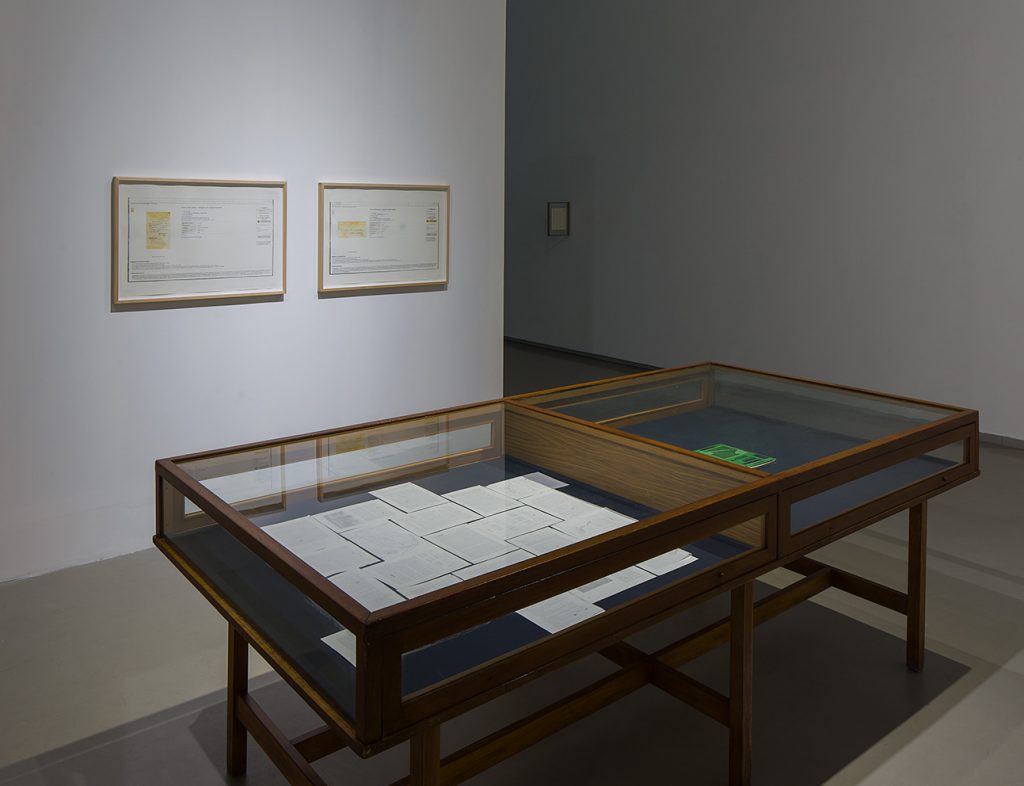
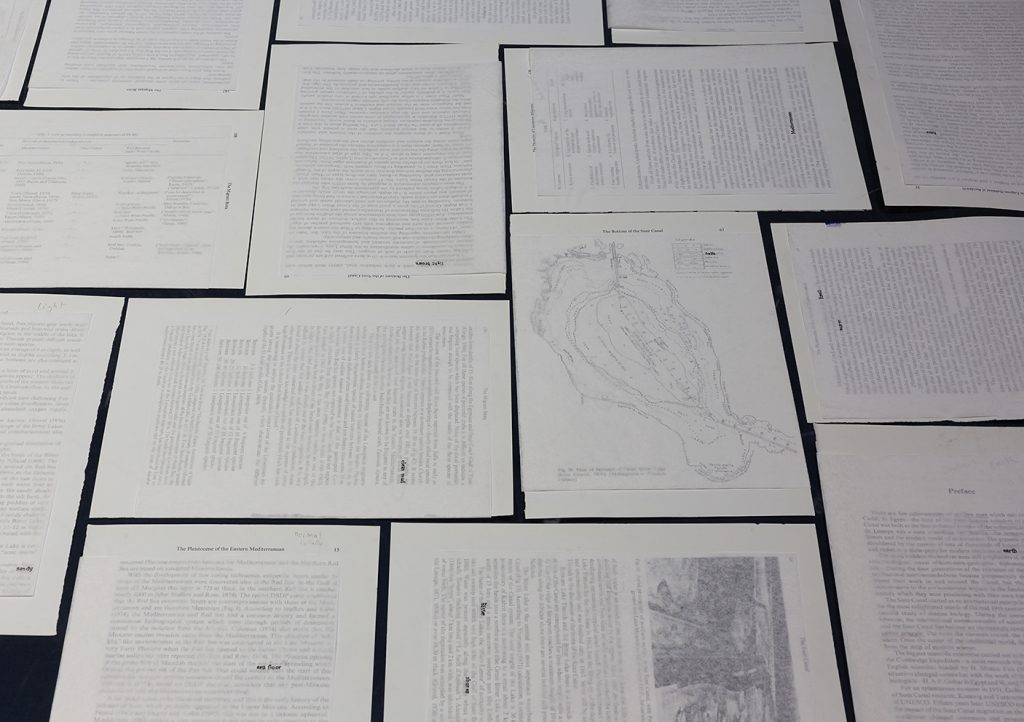
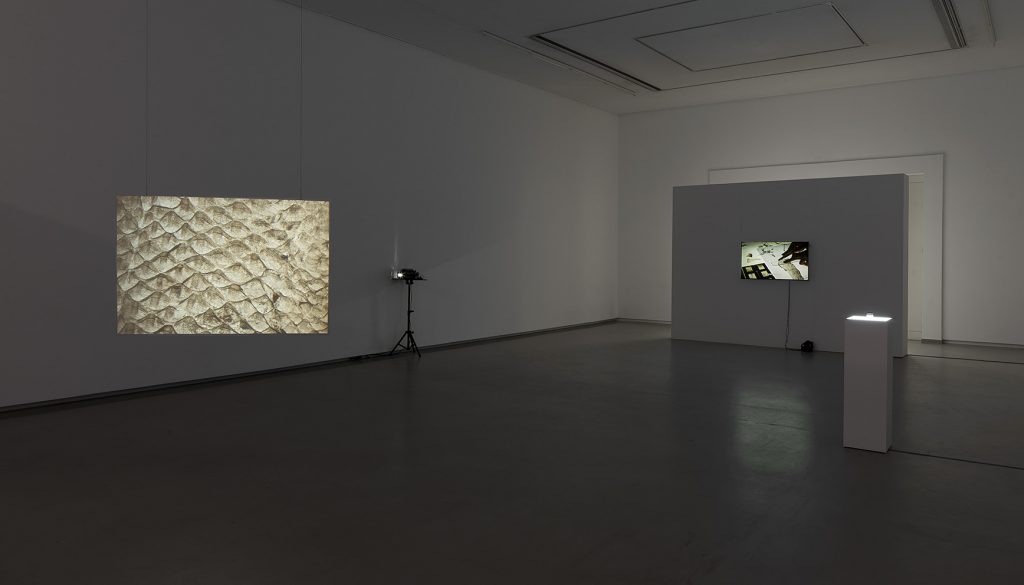
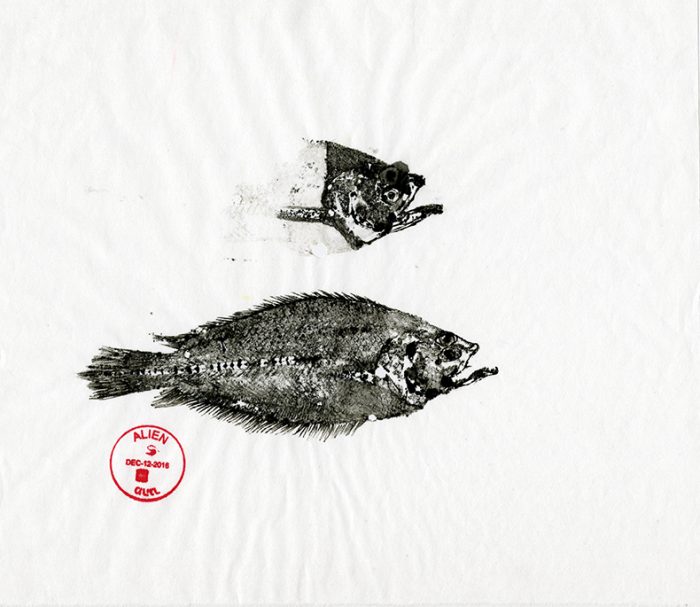

Light, Skin – video still
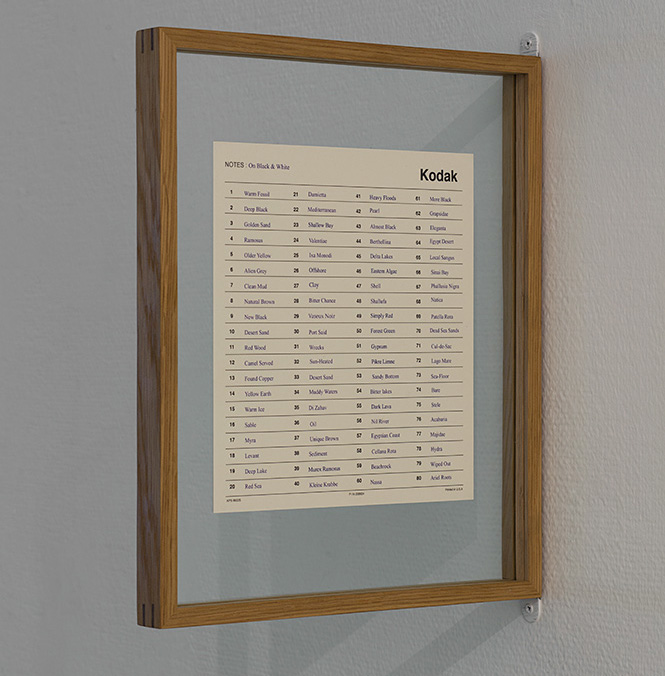
On Black & White
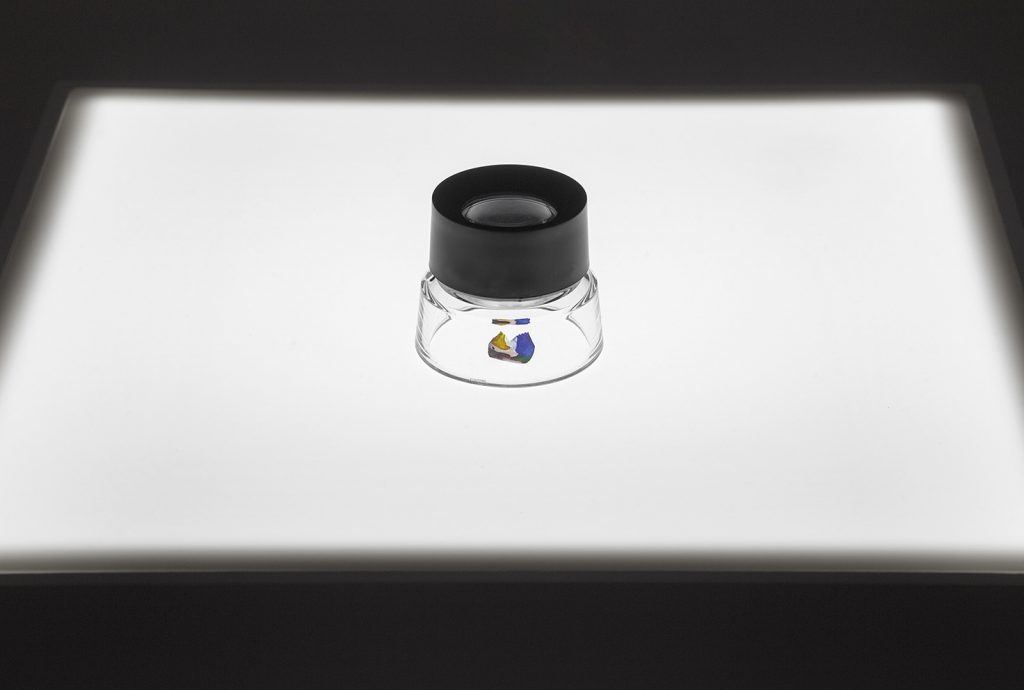
Island (Detail)
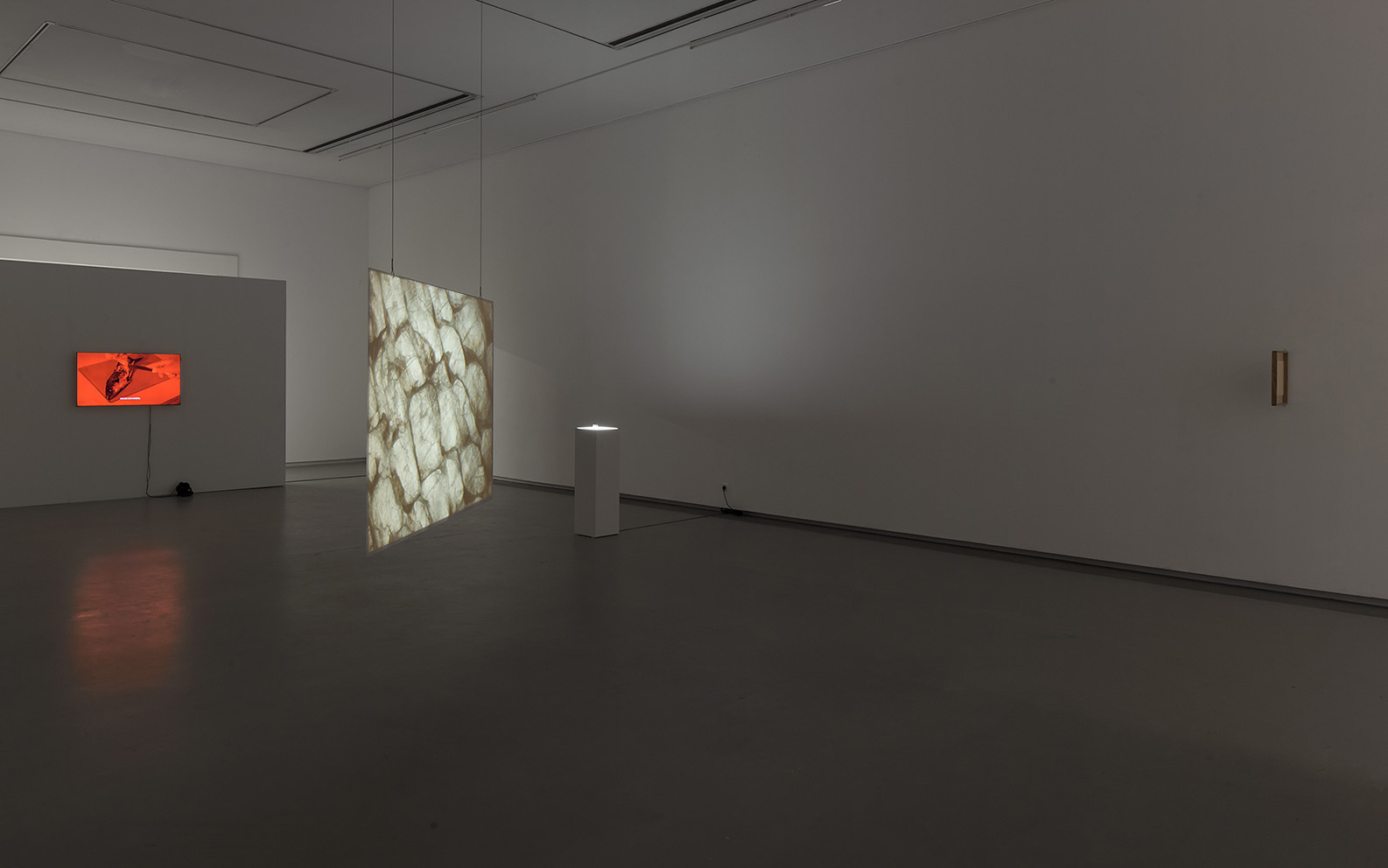
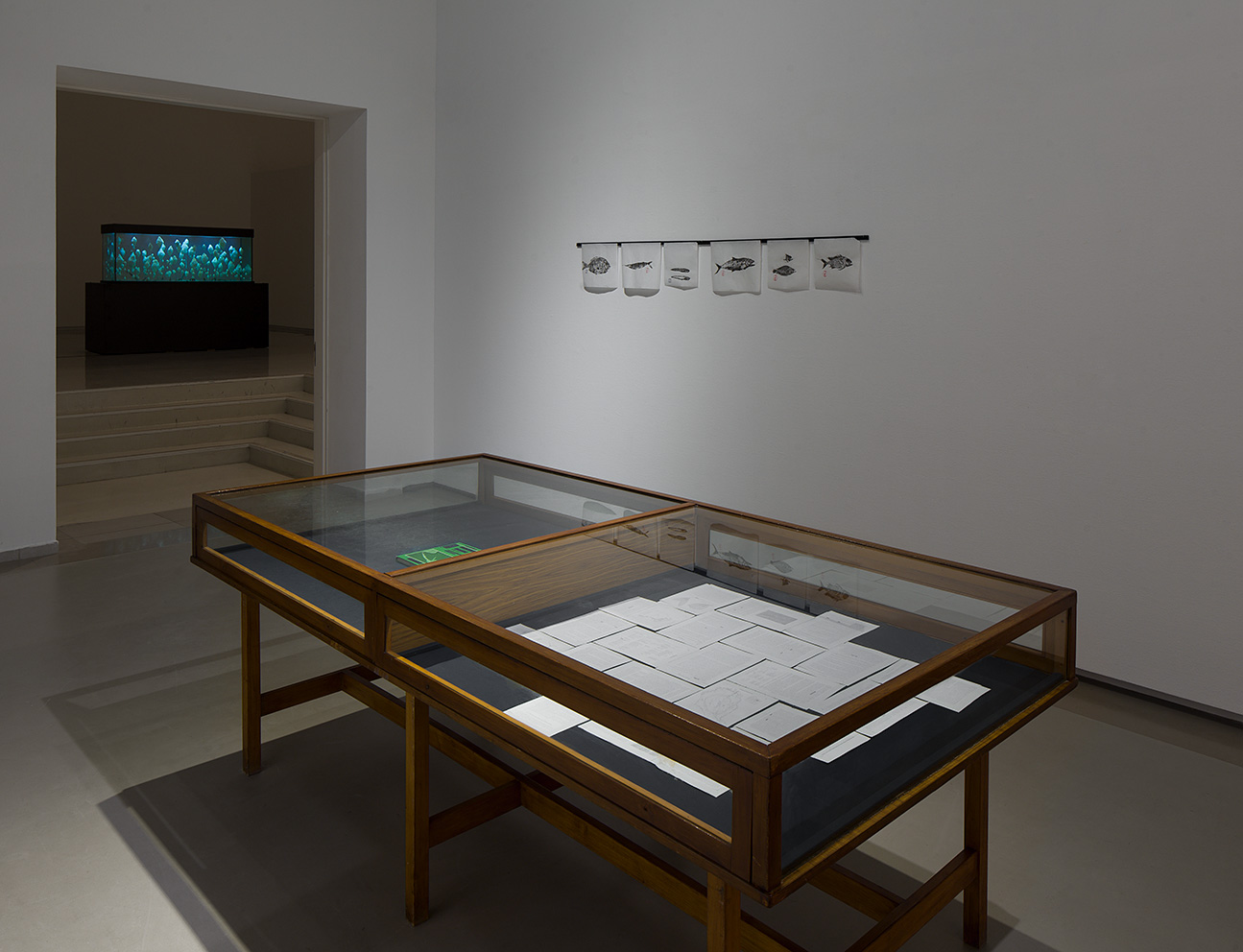
Installation view, Jaydia, Genia Schreiber Gallery, Tel Aviv University, IL (Photo credit Elad Sarig)